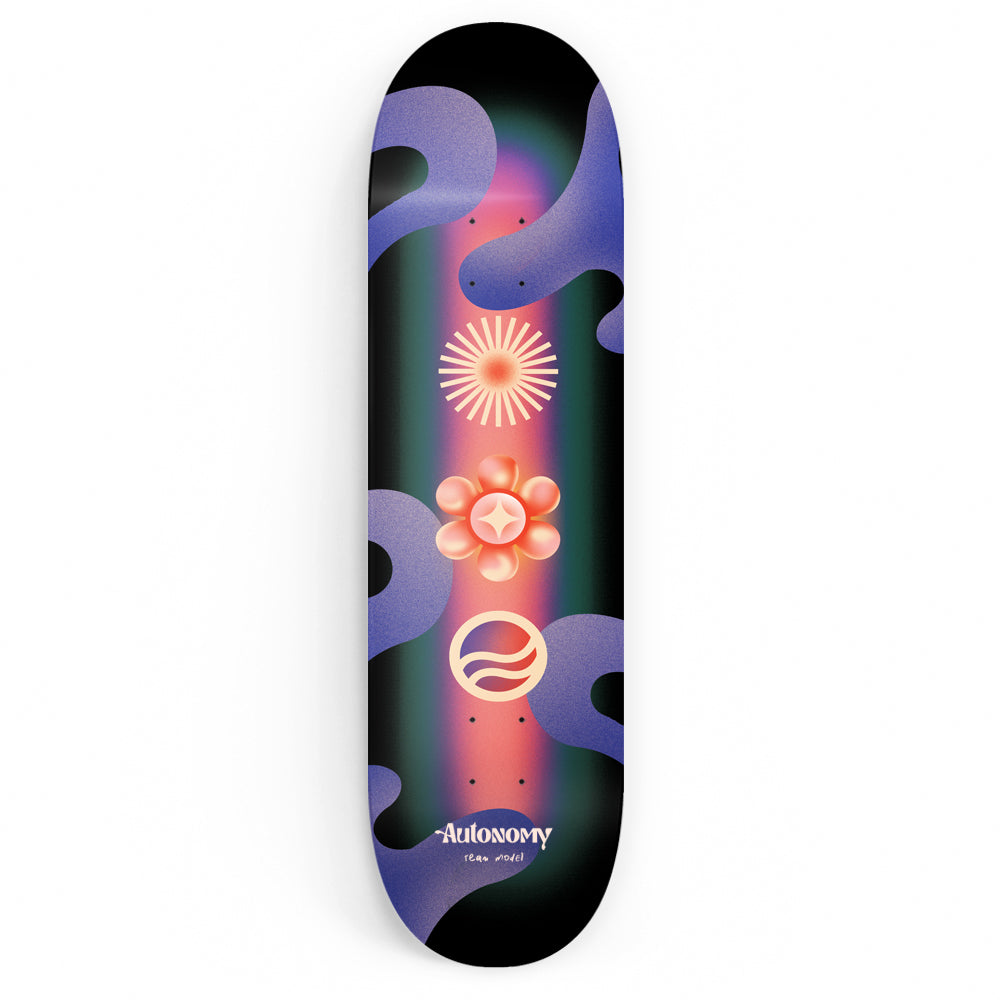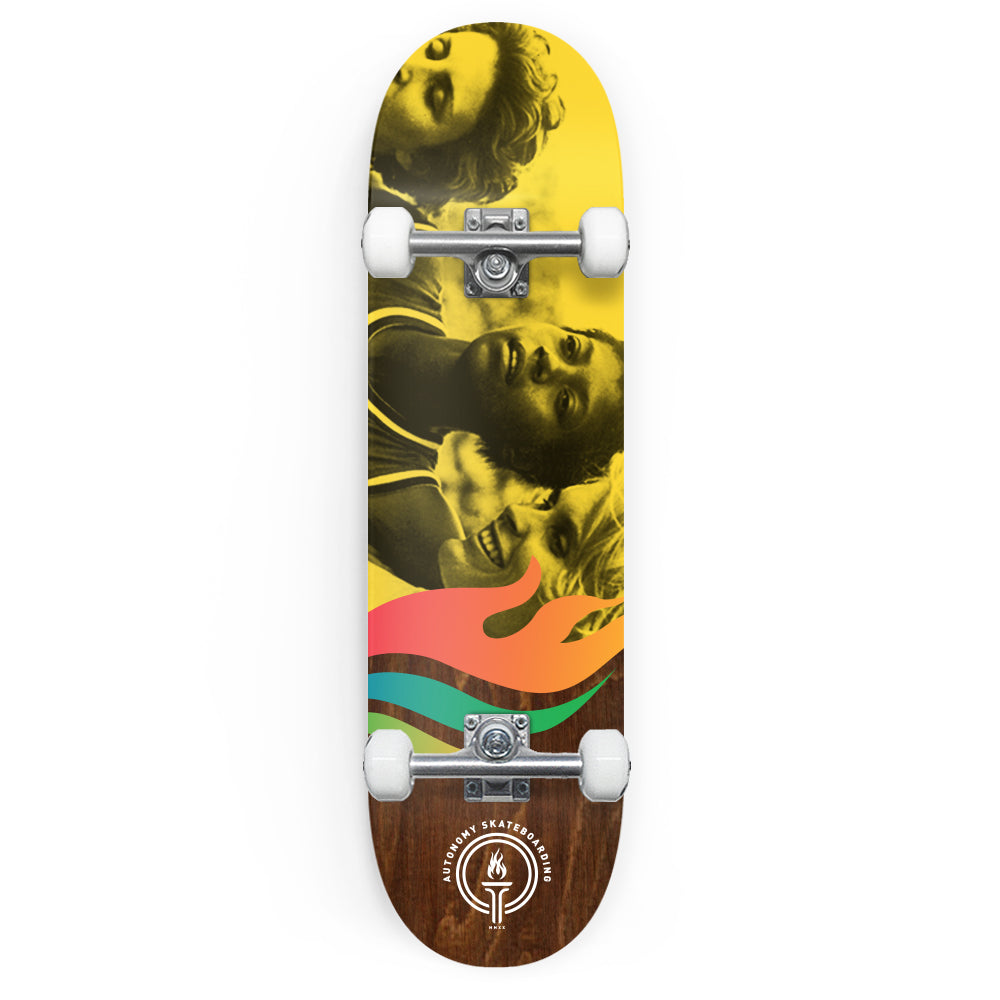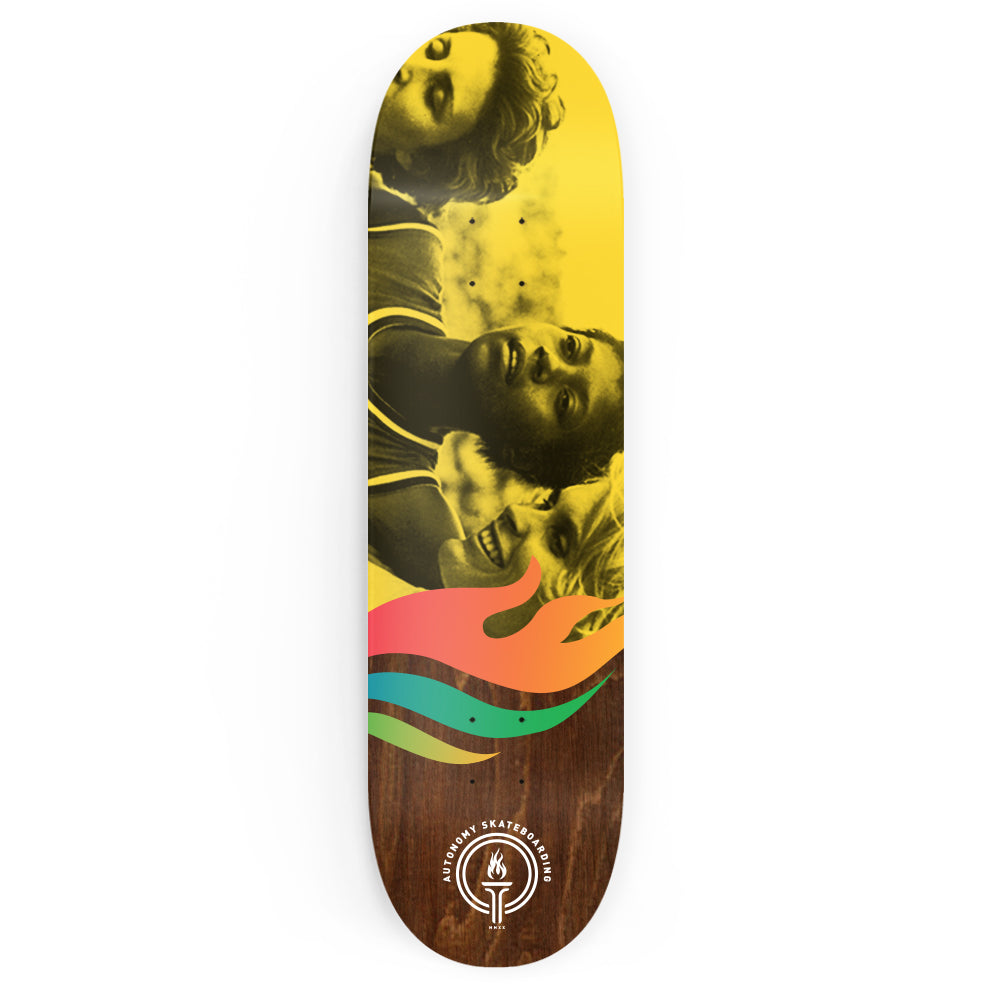SKATEBOARD WHEELS FAQ

Skateboard Wheels
The first urethane wheel came around in the 1970’s and changed skateboarding forever. Prior to urethane wheels, skaters were riding wheels made from steel and clay. Steel and clay are obviously hard, unforgiving materials that made skateboarding on variable terrain harsh and challenging. Modern urethane wheels are now higher quality than ever and help skateboarders perform at their best.
Wheel Size (Diameter)
The size of your wheel will change how your skateboard performs. Wheel size is measured in millimeters (mm) and refers to the diameter of the wheel. Diameter is the overall width or height of the wheel (also calculated as 2 times the radius of the wheel.) The bigger the number, the bigger the wheel size. Larger wheels will go faster at top speeds, but will have a slower rate of acceleration, while smaller wheels are slower at top speeds, but have a quicker rate of acceleration. Larger wheels also raise you and your board higher off the ground, which can affect your maneuvers.
Street skaters typically ride smaller wheels (ranging from 50mm – 56mm) because they allow for good pop, are shaped better for sliding and are lighter for flip tricks. Transition skaters typically ride a slightly larger wheel for higher speeds in the park and better control when riding over coping.
We chose to make our Autonomy Millies Skate Wheels and the Autonomy Go-En Skate Wheels at an all-around 54mm size for the skaters who like to ride a little bit of everything and the Classic Cruiser Wheels in a 59mm size for those who like to just cruise without worrying about rough terrain.

Wheel Squish (Durometer)
Most wheel manufacturers use the A-Scale for measuring durometer, which is a 100-point scale that indicates how hard or soft the wheel is. Some manufacturers will use a B-Scale which is measured at 20 points lower than the A-Scale. For example, a wheel with a durometer of 80B is the same as a wheel with a durometer of 100A.
Depending on the terrain, harder wheels can roll faster and softer wheels may roll slower, but will have more grip. Harder wheels are built for smoother surfaces like smooth streets and skateparks, while softer wheels are better for rougher terrain.
The Autonomy Skateboarding Millies Wheels and Go-En Wheels were made with a classic durometer of 99A for those who like to skate a little bit of everything.

Skateboard Wheels vs. Cruiser Wheels
What makes a cruiser wheel so much different than a street skateboard wheel? Typically, cruiser wheels are much softer than skateboard wheels, and usually range in durometer from 76-90A, whereas skateboard wheels usually range in durometer from 91-101A. Cruiser wheels are made for just that: cruising. Some refer to cruiser wheels as “filmer wheels” since they ride smoother on rough surfaces and make for a quieter ride when filming skateboarding, helping to avoid the background noise from the filmer’s skateboard. If you want to skate around town with good speed and minimal turbulence, we recommend our “Classic Cruiser” wheel.
Skateboard wheels are harder, smaller and lighter which makes popping ollies, learning flip tricks, sliding, grinding and other technical tricks easier.
You can check out the Autonomy Skateboarding wheel collection here.
Or purchase a complete skateboard already assembled and ready to ride here.
Learn how to select the right skateboard size for you here.



